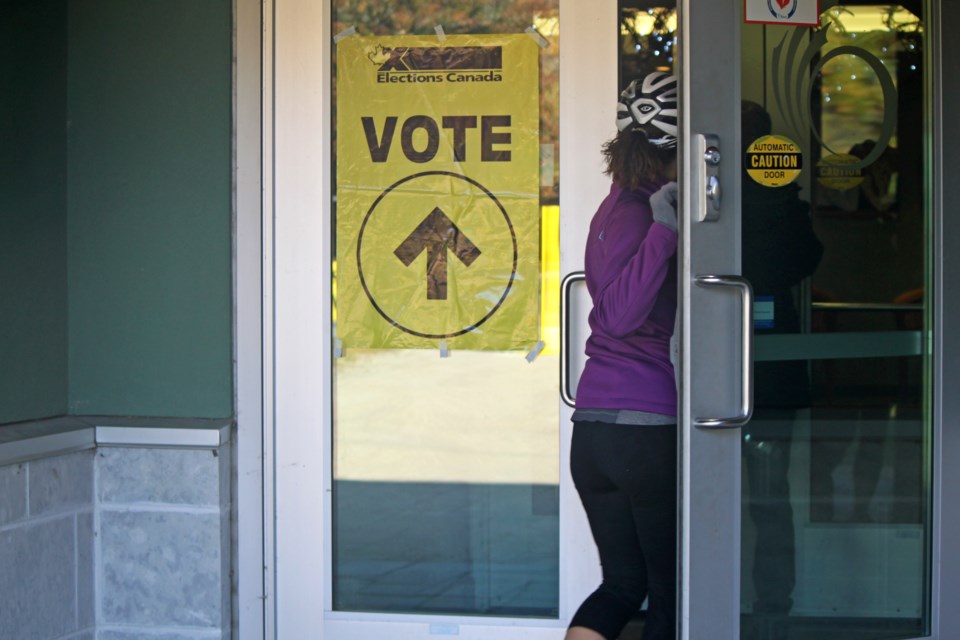Numerous B.C. federal electoral boundaries, including Burnaby ridings, could see changes after recommendations have recently come forward.
The 2022 Federal Electoral Boundaries Commission for B.C. was established as an independent commission on Nov. 1, 2021. It has been mandated to provide 43 electoral districts, which is an increase of one compared to the last allotment due to the increased population in the province.
The Canadian constitution requires the re-configuring of electoral district boundaries every 10 years after the decennial census is completed.
The commission says the 2021 census data showed an increase of roughly 600,000 B.C. residents which brings the total provincial population to 5,000,879 — up from 4,400,057 in 2011. With 43 electoral districts, there would be approximately 116,300 people per electoral district.
Changes proposed for Burnaby ridings
The proposal outlines changes recommended for the riding of Burnaby North-Seymour and New Westminster Burnaby.
In Burnaby North-Seymour, the committee proposes moving the current boundaries northward, while New Westminster-Burnaby would have its boundaries moved eastward and would incorporate an area east of the Pattullo Bridge.
The riding would also have its name changed to New Westminster-Bridgeview.
According to census data, Burnaby North-Seymour had a population of 116,426 as of 2021, Burnaby South had a population of 116,363 and New Westminster-Burnaby had a population of 118,422.
"Our task is to create an additional riding and to adjust the boundaries of existing ridings to maintain effective federal representation for all British Columbians. We are proposing quite a few boundary changes. The changes are mainly in response to the significant but uneven growth of our population," commission chair Justice Mary Saunders said in a news release on Monday (May 2).
"That growth pattern creates a domino effect if we are to be fair and have relative equality between voters in different electoral districts. Our proposal necessarily gives attention to what is possible and practical given our varied and rugged geography and our distinct communities. We look forward to receiving public input on it."
According to the commission, the provisions are aimed at promoting equality of voting power in the spirit of "one person, one vote."
The proposal by the three-person commission says two features of the province create "particular challenges" to configuring B.C.'s electoral boundaries. Those are the province's uneven distribution of population and its varied and rugged physical geography.
"We have concluded that the growth and redistribution of the population must result in quite a few adjustments to electoral boundaries, in the interest of fairness to voters in the various electoral districts affected and effective representation."
The current proposal also says a new electoral district is recommended in the Southern Interior between Vernon and Kelowna, which would be called Vernon-Lake Country, fashioned from North Okanagan-Shuswap and Kelowna-Lake Country.
"We recognize that the knock-on effects from adjusting for population changes and from creating a single new electoral district described here are considerable. In particular, many changes required detailed attention to boundaries to ensure individual properties were not stranded in their electoral district."
A public hearing to discuss the proposed changes is scheduled for Burnaby at 7 p.m. on June 28, 2022, at the Holiday Inn Express Metrotown (4405 Central Blvd.).



